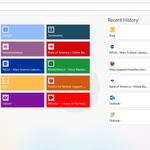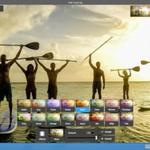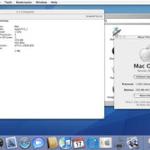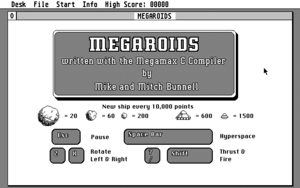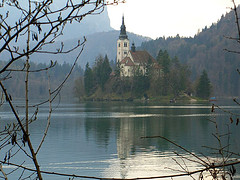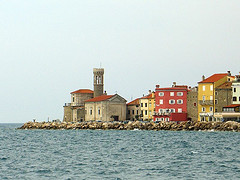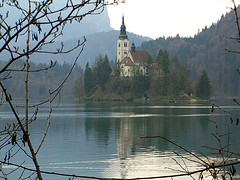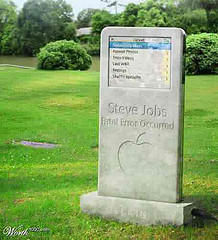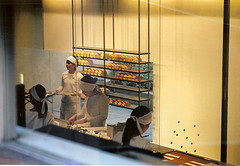
after two months, i’m finally starting to see the other side of the new windows.
- IE 11 in metro UI is very interesting browser. why wouldnt we put tabs on the bottom and make them into thumbnails? why wouldnt we make browser black? the whole app feels much more comfortable than safari or chrome or opera with their ‘efficient’ focus. however, IE currently doesnt show rounded corners. even worse, it shows absolutely fugly X marks across every windows/div that should be rounded. it’s amazingly fugly. and amazingly annoying over time, to the point that i had to switch back to chrome.
- chrome on the other hand is crippled. plugins only work in desktop mode, which means i have to switch from metro every time i want to use flash or hangouts. also, in hangouts, my built-in camera doesnt work. i realize it’s not windows problem, but ironically it will add up to a potential decision to switch OS again.
- apps keep crashing. both evernote and trello and chrome, the apps i need and like the most, are unstable. i realize it’s because i’m early to use them, but still – it’s unacceptable to loose a note in evernote. repeatedly. i was forced to switch to desktop version of evernote, which is, meh. i really like metro one.
- despite efforts from apple, my macbook air seems to be unsupported – it started ok, but now less and less functions still work – brightness control (of any kind), earphones output, usb dies from time to time, and i still didnt figure out how hibernation / suspend work. lucky for me it’s mainly plugged into power these days. the brightness problem is hard on my eyes and might make me switch back in the end.
- the powershell is limited in width. that’s just incomprehensible to me. it’s hard to program this way.
- all my music is in itunes. i feel locked-in a bit, into ugly, non-metro itunes. disappointed by apple, but again, it might affect my decision.
- the computer sometimes just shuts off while i’m away, and i find it rebooted without explanation. it’s not hugely annoying, but it leaves bad taste and makes you feel insecure.
- there are no upgrades and fixes! well, to be honest, there was one. i couldn’t tell what changed. i’m waiting on them every day, since this is a year long preview, i assumed it’s because they want to actually fix these problems. at least the rounded corners or something.
- desktop mode is still, well, everything we hate about windows – bloated with features, severe lack of smart defaults, free-for-all platform that i dont want to use.
- mail and calendar dont really work with google account. i barely managed to get read-only calendar working, and it took me two days to enable two-factor authentication gmail account to work, which sadly stopped working after first month. i still didnt figure out how to fix it, and am forced to use chrome for mail now. i really miss that email client, even though it doesn’t support the ‘archive’ feature of gmail.



